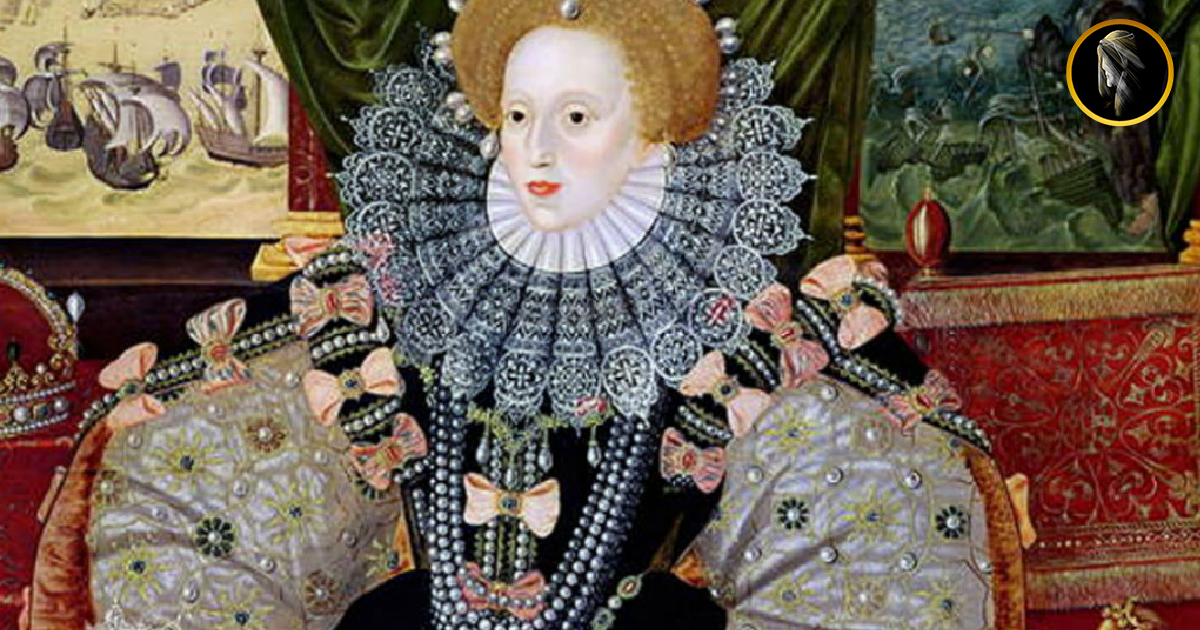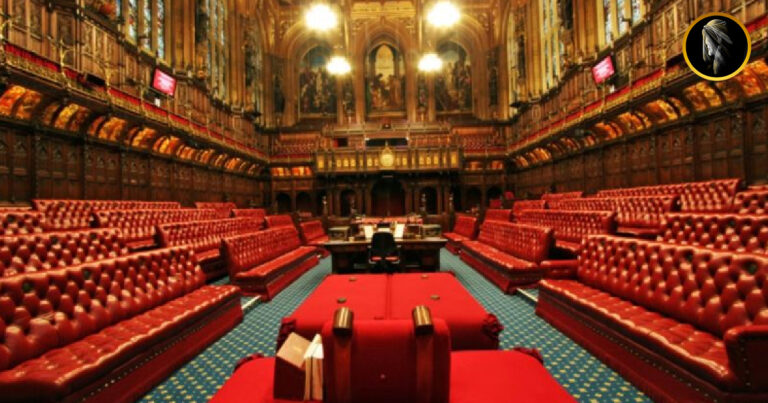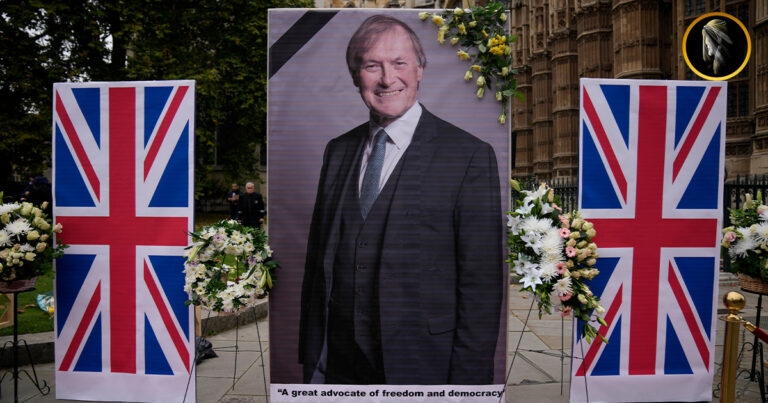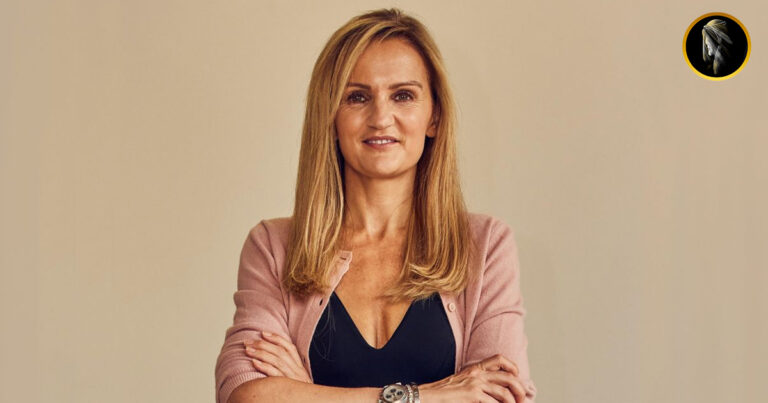When Queen Elizabeth I took the English throne in 1558, the matter of her marriage became a significant topic of discussion. It was a subject of debate in Parliament and among people of all social classes. While there were differing opinions on whom she should marry, there was a consensus that she should marry soon to ensure the kingdom had a king and heirs. This debate continued for years.
Meanwhile, some of the most eligible and handsome bachelors in England, such as Sir Robert Dudley, the Earl of Essex, and Sir Walter Raleigh, sought Elizabeth’s hand in marriage. Although Elizabeth did not discourage their advances, she did not rush into a marriage, and her hints about her preferred suitor often contradicted each other.
In 1566, Parliament sent a delegation to Elizabeth, urging her to marry before she became too old to bear children. She did not argue against their suggestion but remained a virgin nonetheless.
Elizabeth’s interactions with her suitors and the political game she played slowly made her the subject of numerous sexual fantasies and the object of almost cult-like worship. Court physician Simon Foreman recorded his dreams of her in his diary, and painters depicted her as mythical goddesses. Poets like Edmund Spenser wrote eulogies to the Virgin Queen, and she was often referred to as the World’s Empress and a virtuous ruler who held the world together.
In conversations with her, her many male suitors often used bold sexual innuendo, a challenge that Elizabeth did not discourage. She tried to maintain their interest while keeping them at a distance throughout Europe. Rulers in various nations knew that a marriage with Elizabeth could secure an alliance with England. While the King of Spain, the Prince of Sweden, and the Archduke of Austria proposed marriage, she politely declined their offers.
One significant diplomatic issue during Elizabeth’s reign was the Dutch Lowland revolt against Spanish rule. England had to decide whether to break its alliance with Spain and align with France to support Flemish and Dutch independence. By 1570, it seemed that forming an alliance with France was the wisest choice, and there were two eligible French suitors, the Dukes of Anjou and Alençon, brothers of the French king. Elizabeth kept both of them hopeful as she flirted with the idea.
The Duke of Anjou made multiple visits to England, publicly displayed affection for Elizabeth, and even used affectionate nicknames for her. While it seemed that she reciprocated his affections, by 1582, she felt she could end the courtship. This was in part due to a treaty that sealed peace between France and England, which allowed her to break off the courtship with some relief, particularly in the case of the Duke of Anjou, whom she found unattractive.
By this time, Elizabeth was too old to bear children, so she remained unmarried and ruled as the Virgin Queen for the rest of her life. While she left no direct heirs, her reign was marked by a period of peace and cultural flourishing.









